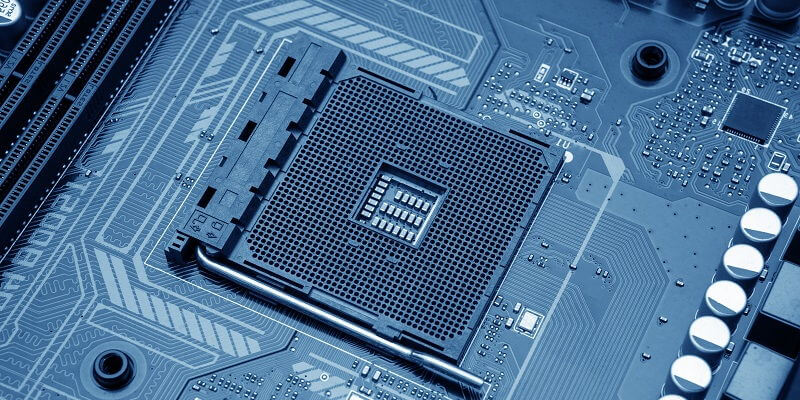Advanced Micro Devices (AMD) is known for its innovation in computer processing technology, and it has been making strides in recent years with its latest processor lineup. One of its most recent advancements is the 3D V-Cache technology, which has been a game-changer in the way CPUs are designed and built. During a visit to its Austin, Texas campus, AMD showed off several prototypes and unreleased samples of its 3D V-Cache CPUs that didn’t make it to launch. This article takes a closer look at these unreleased 3D V-Cache CPUs, their clock speeds, and AMD’s decision to go with a single CCD stack design.
Unreleased AMD 3D V-Cache CPUs
During the visit, among the unreleased 3D V-Cache CPUs showcased were the Ryzen 9 5950X3D and the Ryzen 9 5900X3D. These processors featured a 3D V-Cache stack on both of their CCDs, allowing them to carry up to 192 MB of L3 cache, which is a substantial increase over the 72 MB of L3 cache found on the current 5000 series CPUs.
3D V-Cache Technology Explained
3D V-Cache technology is a revolutionary design that adds an additional layer of cache to the processor. The added cache allows the CPU to store more data closer to the processor, which speeds up the processing time, and improves overall system performance. This technology is achieved by stacking a layer of SRAM (Static Random-Access Memory) on top of the existing silicon die.”
Clock speeds of the unreleased CPUs
The Ryzen 9 5950X3D is configured at a 3.5 GHz base and 4.1 GHz boost, while the Ryzen 9 5900X3D has a base clock speed of 3.5 GHz and a boost clock speed of 4.4 GHz. These clock speeds are much lower than the standard non-V-Cache parts, which operate at up to 4.9 GHz and 4.8 GHz boost clocks.
Lower Clock Speeds Compared to Non-V-Cache Parts
The reduction in clock speeds is not only due to voltage/thermal restrictions but also the fact that these are early prototypes that were far from a retail launch. The lower clock speeds are essential to ensure that the processors do not overheat and perform at an optimal level.
Reasons for Lower Clock Speeds
One of the main reasons for the lower clock speeds is the added heat generated by the 3D V-Cache layer. The voltage and thermal restrictions on the processor need to be taken into consideration to ensure that the processor operates safely and within acceptable temperature limits. Additionally, the processors shown during the campus visit were still in the early stages of production and were not yet optimized for retail release.
AMD has already released a few 3D V-Cache CPUs, including the Ryzen 7 5800X 3D, Ryzen 7 7800X 3D, Ryzen 9 7900X 3D, and Ryzen 9 5950X 3D. These CPUs have already proven to be powerhouses, with the Ryzen 7 5800X 3D being a prime example of the benefits of 3D V-Cache technology for gaming.
AMD’s decision to go with a Single CCD Stack Design
As AMD fine-tuned its 3D V-Cache technology, it discovered that a single CCD stack offered the best balance in terms of overall performance and efficiency. The 5000 series processors with a single CCD stack can house up to 16 cores, which is more than enough for most users.
Dual-CCD Setup Sacrifices Performance for Negligible Gain
Users who insist on a dual-CCD setup will have to give up some standard performance, as there is no significant gain in performance compared to a singular 3D V-Cache CCD. Furthermore, the increased heat generated by the dual-CCD design can cause the processor to overheat, which can lead to instability and reduced performance.
In conclusion, AMD’s 3D V-Cache technology is a significant breakthrough in CPU design and will undoubtedly play an essential role in the next generation of processors. Although the unreleased prototypes showcased during the Austin, Texas campus visit may not see the light of day, the current lineup of 3D V-Cache CPUs is already making waves in the tech industry. The Ryzen 7 7800X3D is an excellent example of how 3D V-Cache technology can enhance gaming performance and provide a more seamless user experience. As AMD continues to push the boundaries of CPU design, we can expect to see even more significant advancements in the years to come.

